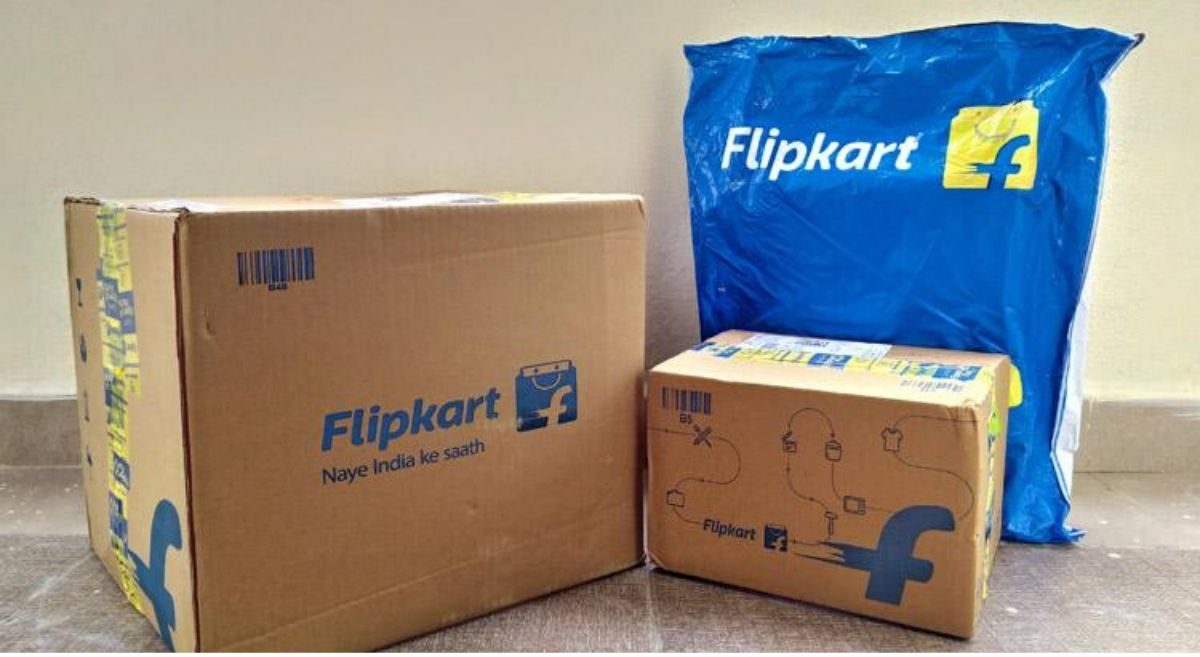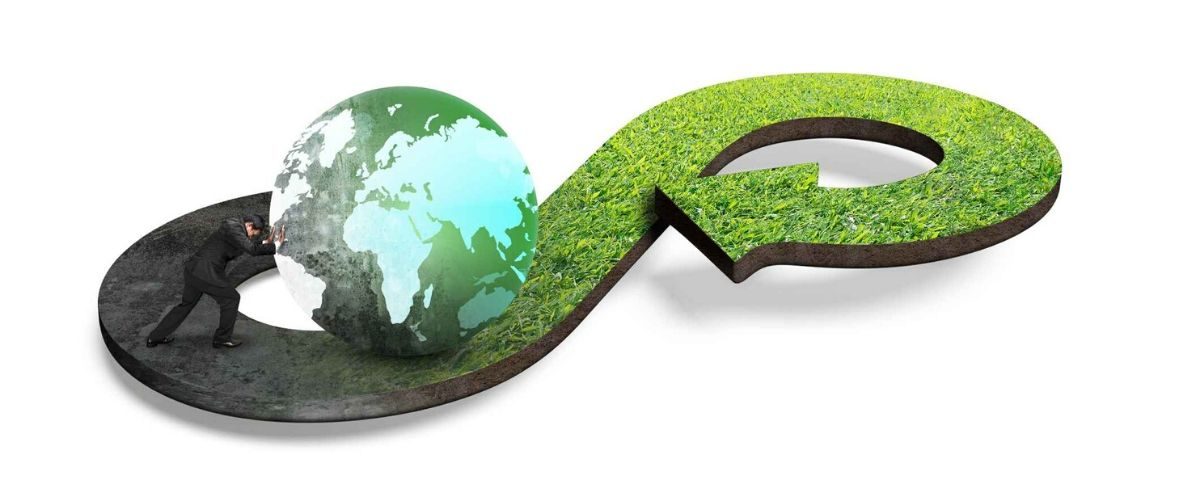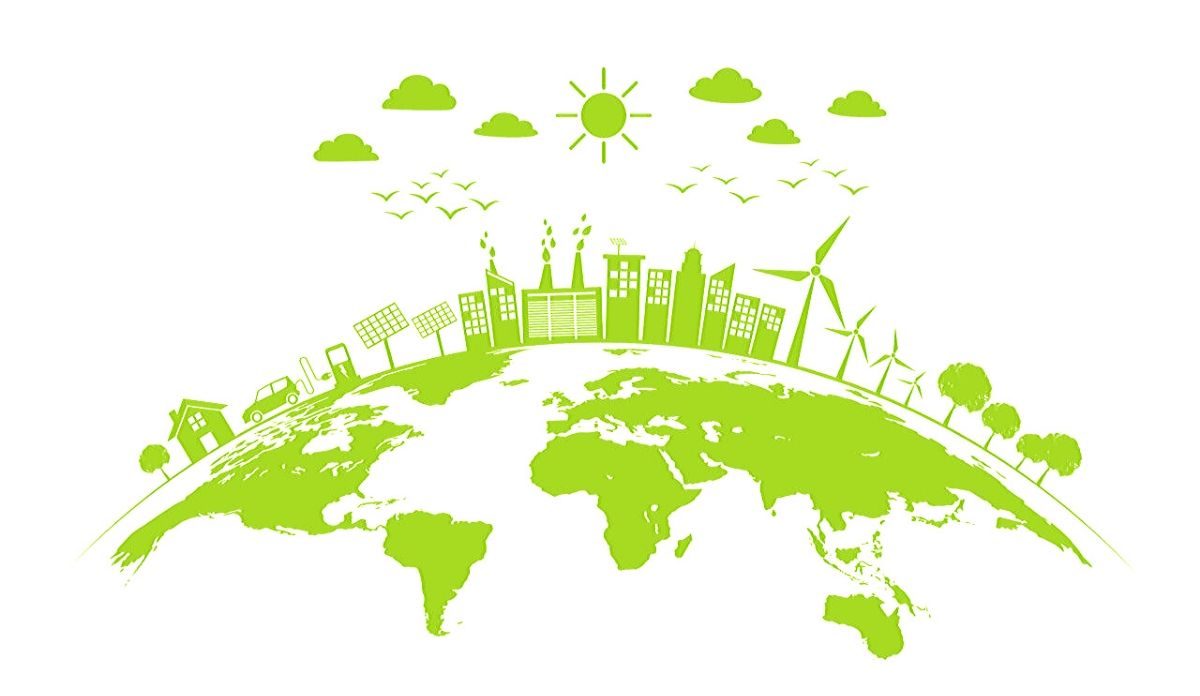E-commerce companies are piloting closed loop sustainable packaging
The e-commerce industry turns to closed loop systems as a sustainable packaging solution
E-commerce companies are piloting closed loop sustainable packaging – Flipkart, India’s homegrown version of Amazon, announced in November that they would be collecting plastic packaging back from their customers.
The initiative marks the newest advancement in Flipkart’s sustainability campaign, but it also reflects a growing trend of major leaders across industries switching to circular processes. More and more companies are implementing closed-loop systems to improve the sustainability of their packaging.

Flipkart’s pilot recovery program
Flipkart, India’s largest e-commerce vendor, recently launched a campaign to minimize plastic waste. It included a pilot program where consumers can send back their plastic packaging via Flipkart Wishmasters, the company’s delivery service.
Flipkart facilities in Mumbai, Bengaluru, Dehradun, Delhi, Kolkata, Pune, and Ahmedabad are set up to recover plastic packaging and ensure that it is reused or recycled. The company aims to achieve 30% recovery and collection of plastic packaging in the program’s first year. But Flipkart has higher ambitions for its sustainability.
Part of a larger goal
Flipkart has already decreased its usage of single-use plastic by 33%, replacing it with eco-friendly alternatives including paper-based solutions. The larger goal of the e-commerce company is to utilize only recycled plastic by March 2021 and to get there they are calling on help from their customer base.
Rajneesh Kumar, Flipkart’s Chief Corporate Affairs Officer, states, “The recently initiated pilot program ensures that our biggest stakeholder, our consumers, is one of the key enablers of this initiative and will help drive awareness.” Flipkart filed for extended producer responsibility (EPR) and will be hoping to work with consumers to create a sustainable closed loop recovery system, featuring the recovery of packaging materials.
Amazon invests in closed loop sustainable packaging
Other e-commerce companies are piloting closed loop sustainable packaging as well. The remarkable rise of e-commerce is, in large part, due to the success of Amazon. And with the benefits of being the global e-commerce leader comes the blame of adding significant amounts of packaging waste to the international supply chain. The “Amazon Effect” refers to the huge burden levied upon recycling and waste management facilities as a result of the e-commerce packaging from e-commerce stores.
Amazon’s Frustration-Free Program attempts to combat their substantial environmental impact with sustainability requirements for packaging vendors, but they are looking to do more. In October of 2018, Amazon invested $10 million in the Closed Loop Fund, which helps build circular supply chains across the United States. In doing so, Amazon subsidized new infrastructure designed to improve reuse and recycling.
Closed Loop Fund’s goals include preventing 8 million tons of waste from entering landfills over the next 10 years. Amazon announced that its investment serves to “eliminate the equivalent of two million metric tons of CO2 by 2028.” It also illustrates the growing move toward closed loop packaging systems within the e-commerce industry.

Sustainable e-commerce packaging
E-commerce packaging must overcome the challenges of complex transit networks and additional touchpoints. The potential for damage is substantially higher and implementing a closed loop system with reusable packaging materials seems impossible. It’s not.
EPE USA is positioned to create and establish sustainable, closed loop packaging ecosystems for any company, across all industries. We know this because we have already done it – in fact, we won an award for it.
How to close the loop with your packaging
Our Packaging Recovery Ecosystem™ involves 4 major steps that enable companies to dramatically reduce their environmental impact by switching to reusable packaging solutions.
Step 1: We work closely with companies to gain a complete understanding of the ecosystem in which their product is manufactured, packaged, shipped, and how all materials are disposed of. Only once we know the full requirements of a product can we design a packaging solution capable of maximum efficiency and sustainability.
Step 2: Our design engineering team develops an optimized solution for your product, utilizing reusable packaging materials that offer improved protection, facilitate efficient shipping and handling and eliminate waste from the supply chain.
Step 3: EPE uses ISTA-certified testing to ensure our e-commerce packaging solutions improve upon traditional designs and achieve the lowest possible environmental impact.
Step 4: Our reusable packaging solutions are then implemented in a closed loop process, where EPE recovers, inspects, and cleans internal packaging materials, sending them back to distribution centers for reuse. All materials are 100% curbside recyclable. Once internal packaging is reused over and over again and is no longer capable of supporting the product, it is easily and responsibly disposed of.
EPE’s solutions offer considerable financial benefits from lower freight costs and efficient shipping processes. Our designs achieve improved product protection and reduced damages during e-commerce shipping. But more importantly, our reusable packaging represents a sustainable solution with minimal material, lower emissions, and less waste.
Photo from The News Minute
Photo from Triodos-im.com
Photo from Safety4Sea
